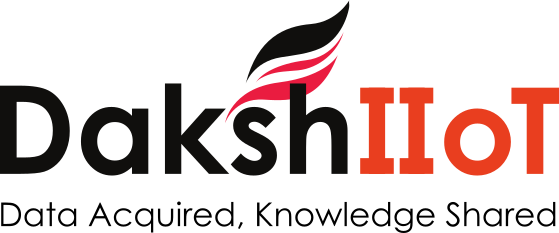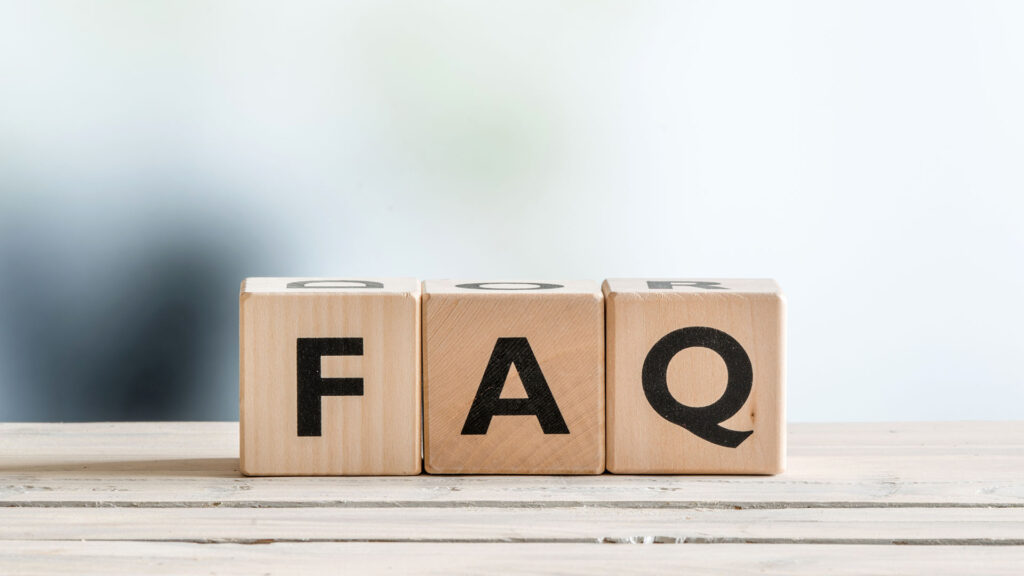3 Critical Components of an Industrial IoT Ecosystem
- Hardware. Hardware or devices are the first components of which most of the stakeholders are aware. …
- Software. IoT Platform Hub. …
- Existing Enterprise Applications. It is one of the components which is least focused on during the IoT implementation in earlier days.



